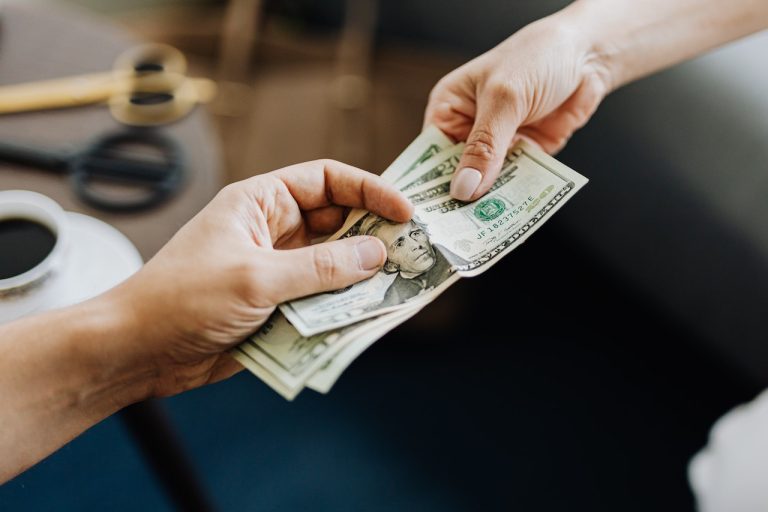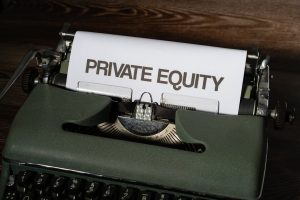The crypto dominos continue to fall: on Monday, cryptocurrency lender BlockFi Inc. filed for Chapter 11 bankruptcy protection, just a few weeks after crypto exchange FTX did the same. Both companies said they have over 100,000 creditors and billions of dollars in liabilities. In its filing, FTX indicated that it owed its top 50 creditors over $3 billion.
However, last week a lawyer for FTX told the judge that most of the company’s assets were still missing and unaccounted for, leading many to believe that many of those creditors will likely go unpaid. This isn’t the only recent high-profile bankruptcy case with missing money, making it more difficult for certain creditors to get their cash back.
In these cases, being an unsecured creditor means you are last on the priority list for payment. So let’s take this opportunity to review what secured and unsecured creditors are and how they differ.
Secured creditors
At the most basic level, a secured creditor is a lender that secures their loan with collateral. In the event that a borrower is unable to pay back the creditor, they forfeit some other asset instead. The easiest example of this is a home mortgage lender. In exchange for a loan to purchase a home, a home buyer secures the loan with the house as collateral. If the borrower stops making their mortgage payments, the creditor is able to legally put a lien on the property and seize and sell the home.
Secured creditors don’t have to be, but most frequently are, financial institutions such as banks and credit unions. The most common forms of secured credit include home equity and auto loans, but can also include business loans and even some credit card debt can be secured with a cash deposit for borrowers looking to improve their credit scores or establish credit history.
Unsecured creditors
This type of creditor is taking on a much larger risk because they are making a loan without defined assets to be used as collateral. There is no guarantee that the creditor will receive the money they are owed, other than the borrower’s word. In the case of default, the creditor has no legal right to the borrower’s assets without first winning a judgment in court. The creditor is unable to garnish wages or a bank account without a court order.
There are a lot of types of unsecured creditors. The most common are credit cards and student loans. Other types include personal loans, hospital bills, and even some utility bills.
Major differences between the two
As previously mentioned, in the case of bankruptcy, secured creditors are given priority over unsecured creditors for repayment and unsecured creditors cannot force borrowers to pay them without first winning a lawsuit. Unsecured creditors will usually try to handle the debt themselves with notices and phone calls, or even by contracting a debt collector, before filing a lawsuit in civil court.
The other main difference is that the presence of collateral means that secured loans are less risky to the lender and therefore often come with lower interest rates than unsecured loans. This is why home mortgage loans generally have interest rates in the single digits and credit cards are often in the 20% range.






